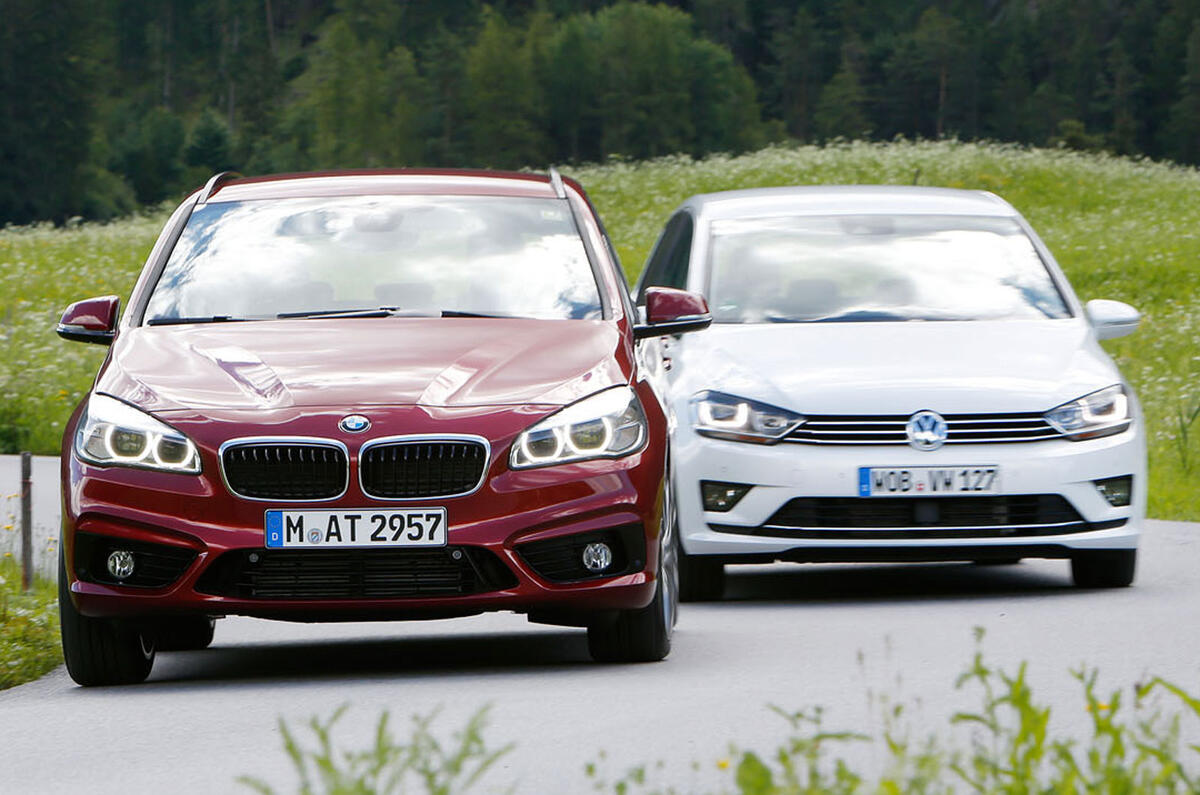So the last of the German premium brands has yielded to the allure of greater volume and the promise of even bigger profits.
After an unbroken line of rear-wheel-drive and four-wheel-drive offerings over eight decades, BMW has finally introduced its first series-production front-wheel-drive model.
The 2-series Active Tourer, a boldly styled hatchback-cum-MPV, is arguably this year’s most significant car. And its relevance is enormous. Proceeding an extended range of similarly engineered models due out in the not too distant future, it puts BMW directly into competition against some of Europe’s best-selling models, taking its premium appeal into the mainstream.
Just how history will judge the new BMW is anyone’s guess. Many are already calling the tall five-seater a defining car for the company. But it’s still early days. Before it builds a legacy, the 2-series Active Tourer needs to prove itself against the very cars that it has been conceived to rival.
The burning question is: how good is it?
To find out, we’ve pitched the Active Tourer against what is arguably its keenest premium high-roofed hatchback rival right now: the newly introduced Volkswagen Golf SV. Our Active Tourer test car is a 2.0-litre diesel 218d, fresh from the model’s launch in Austria. To ensure a fair fight, we’ve brought along the Golf SV 2.0 TDI BMT.
This comparison looks set to be a very close contest even before a wheel is turned. The BMW’s four-cylinder turbodiesel engine, mounted transversely for a change, delivers 148bhp at 4000rpm and 243lb ft of torque at 1750rpm.
The Volkswagen also uses a 2.0-litre, four-cylinder diesel that produces the same 148bhp, but it arrives earlier in the rev range, at 3000rpm, and there is a subtle 8lb ft more torque to go along with it, with 251lb ft at a similar 1750rpm.
Nor is there much to separate them on price. At £24,205, the 218d Active Tourer isn’t exactly cheap. But only £215 separates it from the £23,950 Golf SV 2.0 TDI BMT SE, without the optional dual-clutch automatic gearbox of our test car.
For similar money, you can get yourself into a more heavily specified Ford C-Max 2.0 TDCi 163 Titanium X, which retails for £24,225, or a Mercedes-Benz B200 CDI SE, at £24,145.
Parked side by side, the BMW looks the sharper, more contemporary and, on optional 18-inch wheels, more alluring car to drive. With traditional design elements such as a prominent kidney grille and heavy swage line running the length of the flanks, the origin of the 218d Active Tourer is clear, even though it comes clothed in an uncharacteristic one-box body.














































Join the debate
Add your comment
BMW 2 series
Have to say the French still
I'd like to complain about people who complain.
I am on my tenth. There will